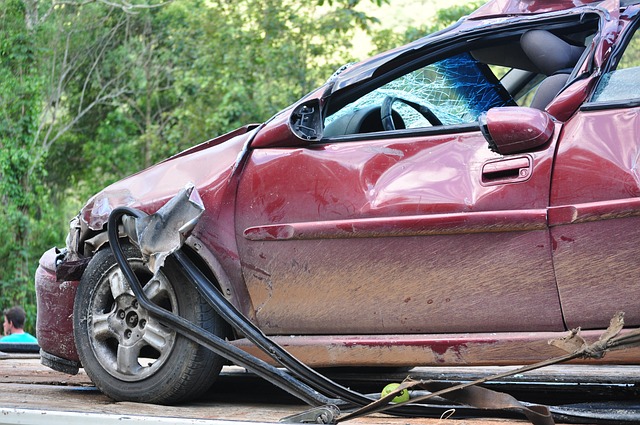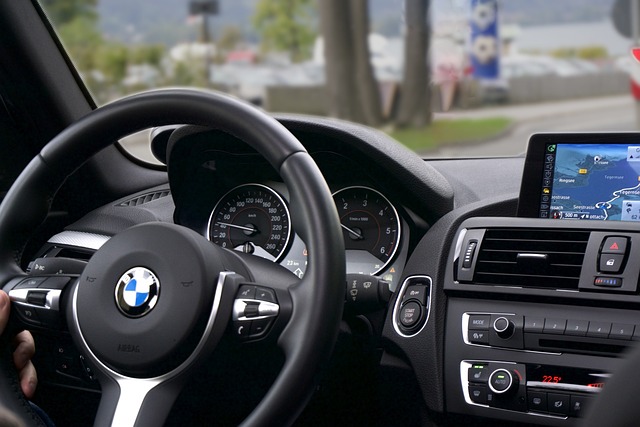Understanding car insurance policies is vital for managing road risks. Comprehensive and collision coverages protect against various damage scenarios, with comprehensive handling natural events and theft, while collision focuses on accidents. Drivers should reassess their coverage in light of rising premiums caused by increased repair costs, accident claims, and legal fees. Shopping around for quotes from multiple providers is essential to finding the best value that meets individual risk factors, driving history, and desired protections.
In a significant shift, car insurance premiums in the U.S. have surged by 19.2% from November 2022 to 2023, underscoring the growing importance of informed decision-making for drivers regarding their auto insurance. This article delves into the crucial components of comprehensive auto insurance and collision coverage, essential protections against a spectrum of road hazards. We explore why uninsured and underinsured motorist coverage is vital and equip readers with strategies to navigate rising trends, ensuring they secure affordable yet adequate car insurance that provides peace of mind while behind the wheel.
- Understanding Your Car Insurance Coverage Needs
- The Impact of Rising Premium Trends
- Comprehensive vs Collision: Key Protections
- Uninsured/Underinsured Motorist Protection: Why It Matters
- Strategies for Finding Affordable, Adequate Coverage
Understanding Your Car Insurance Coverage Needs

When navigating the complex world of car insurance, it’s essential to understand what your policy covers and where gaps may exist. Comprehensive auto insurance, as the name suggests, offers a comprehensive suite of protections beyond basic liability coverage. This type of policy shields you from various unforeseen circumstances such as damage caused by natural disasters, theft, vandalism, or even accidental collisions with animals.
Collision coverage, on the other hand, is designed to compensate for the costs associated with repairing or replacing your vehicle if it’s involved in an accident, regardless of fault. While many drivers opt for liability-only insurance, minimizing personal financial risk, comprehensive and collision coverages provide a safety net against more significant, and often unexpected, expenses related to vehicle damage.
The Impact of Rising Premium Trends

The surge in car insurance premiums has significant implications for drivers across the U.S. As costs increase, many motorists are left with tough decisions to make regarding their coverage. This trend makes it crucial for drivers to reevaluate their existing policies and consider options that offer comprehensive protection without excessive expenses.
Rising premiums can be attributed to various factors, including rising repair costs, increased claims due to accidents and natural disasters, and higher legal fees. These challenges have prompted insurance providers to adjust rates accordingly, leading to the notable 19.2% increase over the past year. Drivers must now prioritize their safety and financial security by exploring different coverage options and making informed choices to navigate these changing market conditions.
Comprehensive vs Collision: Key Protections

Comprehensive and collision coverage serve distinct yet crucial purposes in protecting drivers from financial burdens related to vehicle damage. Comprehensive insurance covers a wide range of incidents beyond collisions, including natural disasters (such as floods or storms), theft, vandalism, and even animal-related damages. This type of coverage is invaluable for drivers who frequent areas prone to these events. On the other hand, collision coverage specifically protects against losses resulting from accidents involving another vehicle or stationary object. It doesn’t matter whether the accident is your fault or not; collision insurance helps pay for repairs or a total loss.
While comprehensive insurance offers more extensive protection, collision coverage is a cornerstone of any robust policy. Drivers should carefully consider their risk profile and driving habits when deciding between these options. For instance, if you live in an area with frequent natural disasters, comprehensive insurance might be the better choice. Conversely, if you’re a cautious driver and rarely encounter other vehicles on the road, collision coverage alone could suffice.
Uninsured/Underinsured Motorist Protection: Why It Matters

Uninsured and underinsured motorist coverage are essential protections for every driver. These provisions step in when you’re involved in an accident with a driver who either doesn’t have any insurance or doesn’t have enough to cover your damages. Without such protection, you could be left responsible for paying medical bills, vehicle repairs, or even legal fees out of pocket. In many cases, these costs can mount quickly and reach levels that significantly impact your financial well-being.
Having uninsured/underinsured motorist coverage ensures that, should you ever find yourself in such a situation, your insurance company will help cover these expenses up to the limits of your policy. This not only provides peace of mind but also offers a crucial safety net, protecting you from potentially devastating financial consequences following an accident caused by another driver’s negligence.
Strategies for Finding Affordable, Adequate Coverage

When shopping for car insurance, one of the most effective strategies is to compare quotes from multiple providers. This allows you to gauge market rates and identify the best value for your needs. Start by gathering quotes from well-known insurers as well as smaller regional companies. Online platforms can simplify this process, enabling side-by-side comparisons of coverage options and pricing. Remember that affordable coverage does not necessarily equate to inadequate protection; ensure the policy meets your specific requirements.
Consider factors like deductible amounts, which represent the out-of-pocket cost in case of a claim. Higher deductibles often lead to lower premiums but require more financial foresight. Evaluate your driving history and claims experience, as insurers use these metrics to assess risk. Safe driving practices and a clean record can result in significant savings. Additionally, bundling insurance policies (e.g., combining auto and home insurance) may unlock discounted rates from some carriers.
In light of these rising premium trends, understanding your car insurance coverage options is more crucial than ever. By comparing quotes, evaluating your specific needs, and considering comprehensive, collision, and uninsured/underinsured motorist protection, drivers can secure adequate coverage at affordable rates, ensuring peace of mind on the road.



